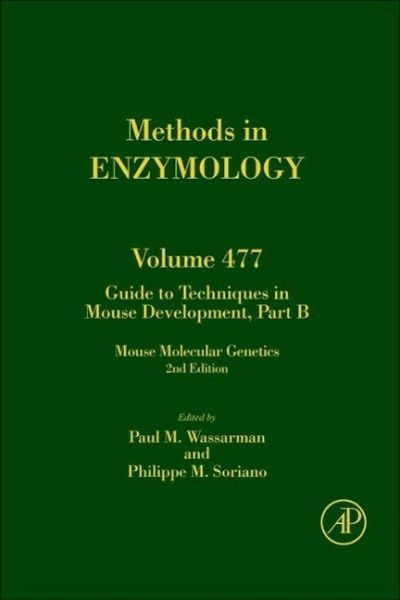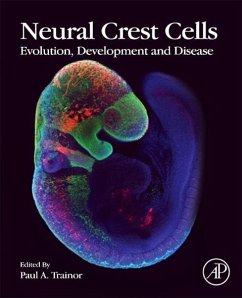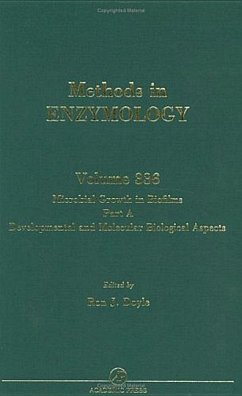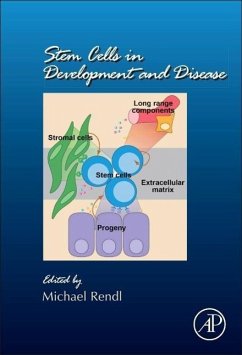
Guide to Techniques in Mouse Development, Part B
Mouse Molecular Genetics Volume 477
Herausgegeben: Wassarman, Paul; Soriano, Philippe M.
Versandkostenfrei!
Versandfertig in 6-10 Tagen
143,99 €
inkl. MwSt.

PAYBACK Punkte
72 °P sammeln!
This volume comprehensively covers new technologies and methodologies that have appeared for the study of mouse development












